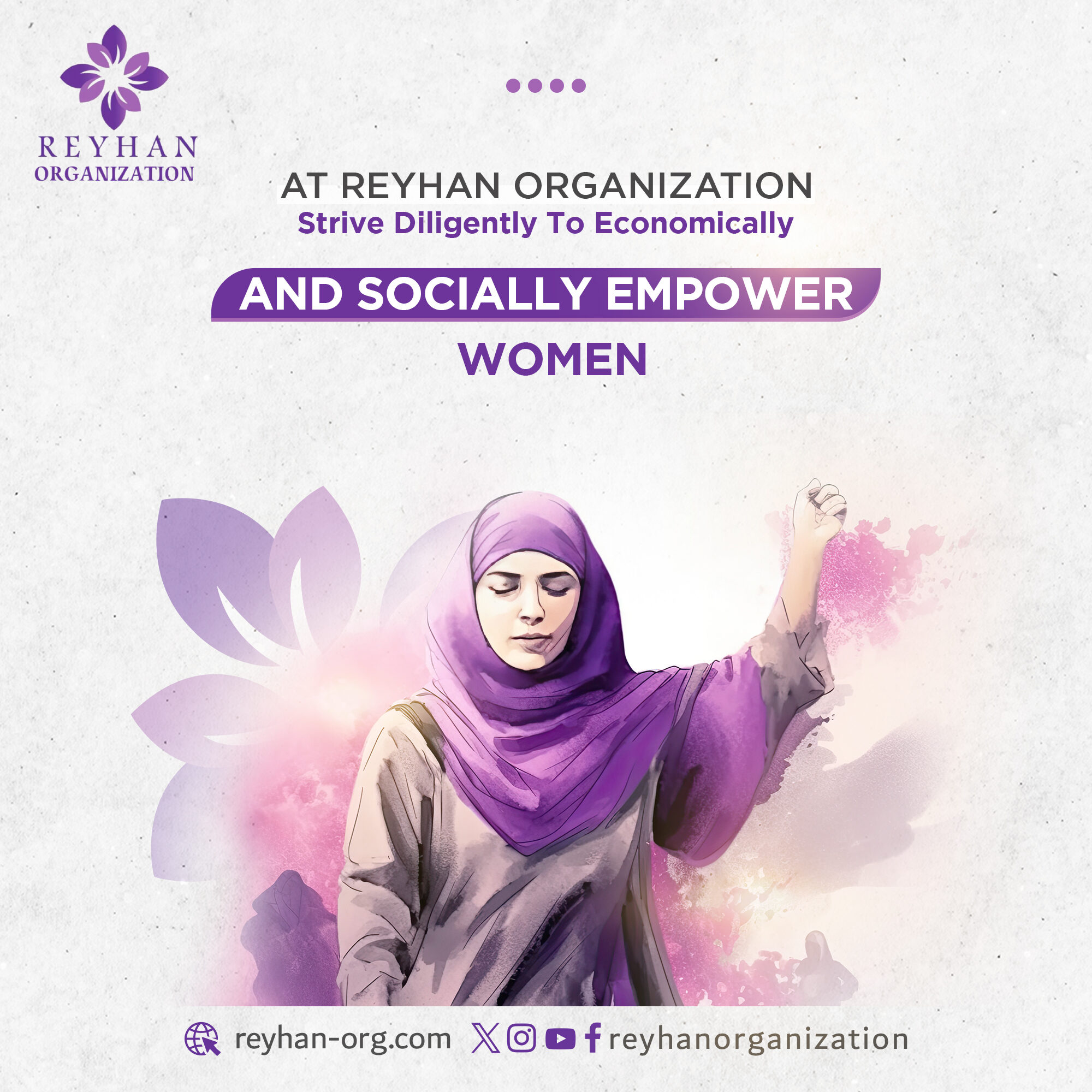The effect of inequality on the redistribution variable is insignificant except for the pooled OLS estimate. These results indicate that inequality in low-income countries does not significantly affect redistribution as theoretically stated (Le & Nguyen, 2019; Odedokun & Round, 2004). It can be argued that low-income countries do not have the level of democracy to support the median voter theory, so the results are not surprising. Finally, the effect of inequality on the fertility rate is consistent with theory and is significantly positive in all estimations. As seen in Table 4, while robust results are obtained for the political instability channel, the results for the political economy channel are different; however, the effect is not significant for most models. While the level of income inequality in European Union (EU) countries is generally lower than in other advanced and emerging countries, there are large differences between EU member states and recent changes in the income distribution cannot always be regarded as ‘fair’.
The Impact of an Unequal Distribution of Income on Economic Growth: Theoretical Considerations
A caveat is that some social spending might not be targeted at reducing income inequality, but rather at pursuing other social goals. Interest spending relative to GDP is highest in Italy, followed by Portugal, Greece5 and Hungary. Estonia hardly pays any interest due to its very low public debt level (gross public debt was only 8 percent of GDP in 2018). Sweden and how to buy sasol shares Luxembourg also pays less than half a percent of GDP on interest, and there are seven countries that pay between half and one percent of GDP. High income inequality can also influence politics by boosting protest votes in referenda and elections.
Economic growth and poverty
However, in models where the redistribution is significant (columns 4 and 4a), the coefficient is positive, similar to LLMC. Finally, as expected, the effect of the fertility rate on economic growth is negative (columns 5 and 5a). Income inequality increases the fertility in UHC, and as the fertility rate increases, income inequality harms economic growth. The negative impact of inequality on human capital in these countries also supports the validity of the fertility channel expressed by De La Croix and Doepke (2003). In addition, Also, a remarkable result here is sasol south africa ltd that the effect of fertility on economic growth is significantly lower than LLMC.
Analysing the relationship between unemployment benefits and unemployment duration
- In 2021, the areas with the highest ASPR for both genders experiencing infertility were identified as the high-middle SDI and middle SDI regions, while the lowest ASPR was observed in the high SDI area.
- As noted in the next section, in an economy closed to trade or one large enough to have an effect on world prices, the accomodating output changes would have an effect on the prices of commodities and through this mechanism also affect factor prices.
- Other factors driving differences in poverty levels discussed in UK Poverty 2025 include differences in labour markets (including the levels of employment, the sectors worked in and rates of pay) and rates of benefit receipt, alongside wider demographic factors (age, family types and sizes).
This study aims to explain whether the positive and negative channels expressed in the theory on the effect of income inequality on economic growth play a significant role in different income group countries. Therefore, the purpose of this study is to emphasise that income inequality might have an indirect effect on economic growth depending on the income level of countries, rather than identifying the direct effect of income inequality on economic growth. The first stage estimates how income inequality affects the proxies of channel variables, and the effects of these variables on economic growth are examined in the second stage. The study results indicate that the relationship between income inequality and economic growth is quite complex.
The impact of project manager on project success — The case of ICT sector
Although trade theorists and labor economists use different lenses in viewing the real-world issue of trade, technology, and wages, the specific-factors model can usefully serve as a bridge between these two views. There is a contrast in trends in Scotland, where the rate of child poverty in the central scenario falls over the period from January 2025 to January 2029, and all other UK nations where child poverty increases. This means that child poverty in Scotland moves from being 7ppts to being 10ppts below the level across the rest of the UK. The combined effect of the Scottish Child Payment and the commitment to reverse the 2-child limit from 2026 is to reduce child poverty rates in Scotland to around 80% of its level without either policy. To put this in context, a reduction by this proportion in the rest of the UK would equate to 800,000 fewer children in poverty across the rest of the United Kingdom in January 2029, meaning rather than child poverty rising by 100,000 outside Scotland, it would fall by 700,000. Relatedly, recent work by the Institute for Fiscal Studies has shown large reductions in absolute poverty by increasing the child element of Universal Credit and removing the 2-child limit.
Burden of infertility at national level
As a result, income inequality’s direct effects and indirect effects may be different, especially, as it is found here, the positive effect of savings and investments on economic growth proves that the relationship can differ through this channel. Firstly, the methodological restrictions present in the GBD 2021 investigation could influence the precision and the overall scope of the model’s assessments. The absence of infertility data from specific countries and regions has a significant effect on these outcomes.
Literature Review
Large differences in rates of return for education might encourage more people to seek education. Greater inequality could foster aggregate savings and capital accumulation, because the rich save relatively more (Bourguignon 1981; Kaldor 1957). Fuentes and Leamer (2019) provide theory and evidence that worker effort has played an important role in the increase in income inequality in the United States between 1980 and 2016. There is growing recognition that an excessively unequal income distributionmay itself be detrimental to sustainable growth. Couldn’t cost-effectiveprograms aimed at reducing excessive https://www.momentum.co.za/ income and consumption inequality,in the context of macroeconomic stability and allocative efficiency, promote,not deter, sustainable economic growth?
These results obtained for the innovation and saving channel are also supported by different proxies, as seen in Table 8. The large variation in public expenditure and revenue structures might reflect societal preferences. Nevertheless, whatever amount is collected by the public sector, it should be spent efficiently. Sapir (2006) argued that the efficiency of the Mediterranean social model is low and at the same time inequality levels are high. It could substantially reduce income inequality with the same level of government spending and taxation, or reduce government spending and taxation without increasing income inequality.
Around 17% of individuals will face infertility at some stage https://personal.nedbank.co.za/ in their lives, with prevalence rates showing consistency across nations, irrespective of their income levels—17.8% of individuals in high-income nations and 16.5% of individuals in low- or middle-income nations experience infertility, respectively 3. With Social and Demographic Index (SDI) of 0.719, China is categorized as a high-middle SDI country, holding the largest population in its region. In China, the incidence of infertility has increased from 12 to 18% from 2007 to 2020, as noted in the report “70 Years of Women’s Reproductive, Maternal, Newborn, Child, and Adolescent Health in China,” published by The Lancet 4. Similarly, the United States, as the world’s largest economy and the largest developed country, is an immigrant nation with cultural and racial diversity, ranking third in global population size, and also faces the same troubles. A study carried out by the National Survey of Family Growth from 2006 to 2010 revealed that 6% of married women within the age range of 15–44 in the United States are categorized as infertile, while 12% exhibit diminished fecundity 5. It significantly affects individuals’ quality of life across genders, creating difficulties not only for human fertility and birth rates, notably in areas where the desire for children is low, but also giving rise to various social challenges such as stigmatization, marital discord, and mental strain 6.
Families should focus on investing more in their human capital by having fewer children instead of having more children. Therefore, especially in low-income countries, governments can raise awareness of families with various education policies. Similarly, although there are no direct effects on growth, economic growth improves in low-income countries due to the positive impact of developed financial systems on human capital. Therefore, as stated by Demirguc-Kunt (2012), these countries primarily need stable macroeconomic policies and strong legal and information systems for the development of the financial system. Implementing regulations to remove restrictions on bank activities and improving infrastructure to ensure access to financial services by large masses are some of the important roles of the government. Thus, economic growth can be improved with increased human capital investments in developing countries.






